Today, there are only three Jack the Ripper letters that investigators believe may be credible. But only the "From Hell" letter was sent along with a human kidney.
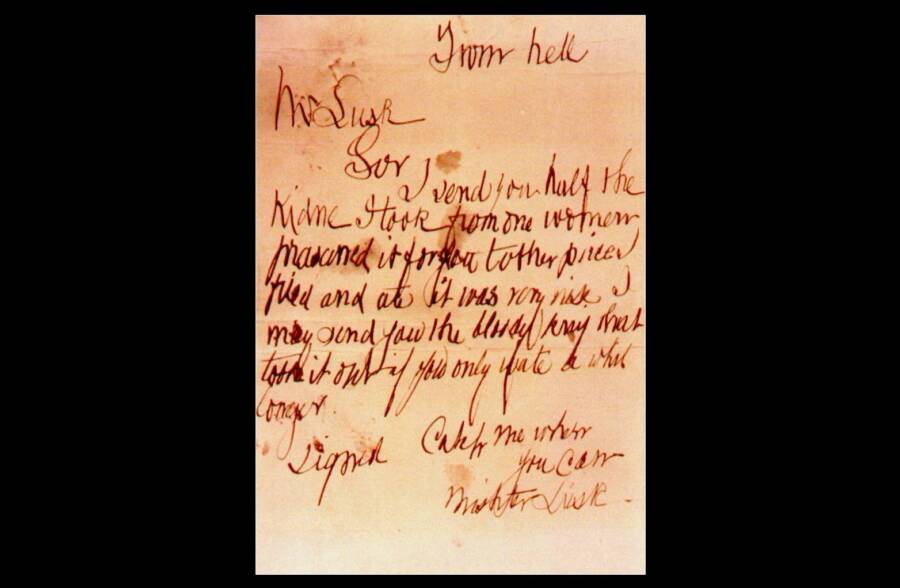
Wikimedia CommonsA photograph of the original ‘From Hell’ letter that was sent to George Lusk of the Whitechapel Vigilance Committee on October 16, 1888. The letter itself has since been lost.
Between August 31 and November 9, 1888, London police found five prostitutes mutilated and murdered within one square mile of each other. These are the Whitechapel murders committed by Jack the Ripper.
During this time period, hundreds of letters flooded police stations and Scotland Yard claiming ownership of the crimes. All but three were determined to be hoaxes. But of those one stood out for its chilling content. It has since become known as the “From Hell” letter.
Named after its first line, the letter was sent to George Lusk, chairman of the Whitechapel Vigilance Committee. Lusk was horrified to receive it. The writer claimed to have just killed again and eaten half of the victim’s kidney.
Worse, included with the letter was said to be the preserved other half. It also promised to send the murder weapon. But the real reason the letter remains convincing is that two weeks prior, a woman named Catherine Eddowes was found dead in Whitechapel — and her kidney was gone.
Previous Correspondence And Murders
By the time the “From Hell” letter was postmarked on October 15, 1888, four victims were attributed to the man — Mary Ann Nichols, Annie Chapman, Elizabeth Stride, and Catherine Eddowes. (A fifth victim, Mary Jane Kelly, was killed Nov. 9.) Nichols, the first, was found dead on August 31.
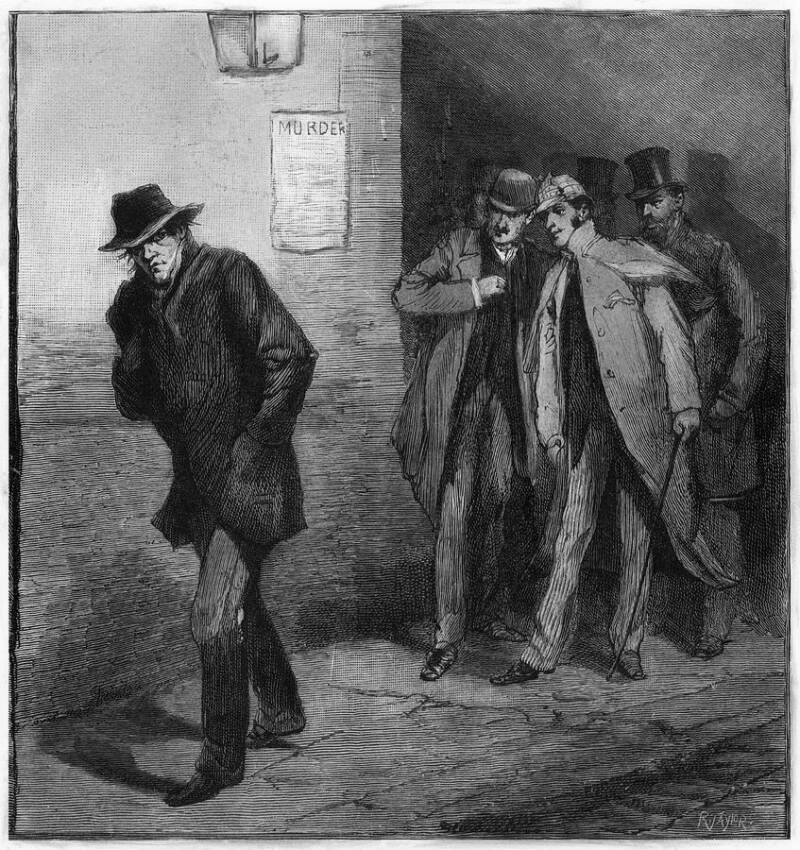
Wikimedia CommonsThis illustration, “With the Vigilance Committee in the East End: A Suspicious Character,” was published on Oct. 13, 1888 — three days before the “From Hell” letter arrived.
All four women had their throats cut and their bodies mutilated in a manner indicating the killer had anatomical knowledge. Public uproar at authorities for failing to catch the man who was “ripping” up women was followed by a letter to the Central News Agency on Sept. 27.
Since dubbed the “Dear Boss” letter, it was signed “Yours truly, Jack the Ripper” — forever cementing the name into history. It was followed by a second letter, now known as the “Saucy Jack” postcard, on Oct. 1.
Both letters were given to police, who publicized them in the hope that it would lead to tips. But the letters’ release only led to a barrage of unconvincing hoax letters. Then George Lusk received one that was nothing like the fakes.
Jack The Ripper’s ‘From Hell’ Letter
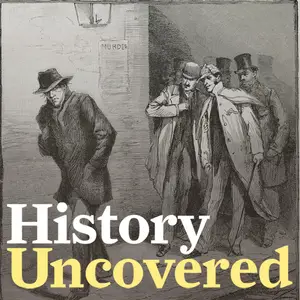
George Lusk had formed the Whitechapel Vigilance Committee after Chapman, the second victim, was found mutilated on Sept. 8. He and several businessmen were desperate to help police catch the killer, the presence of whom hampered their nightly business.
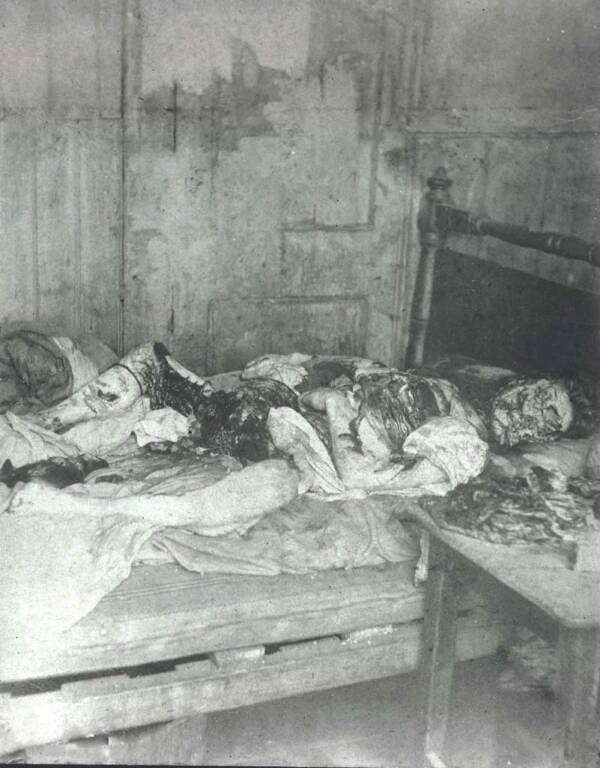
Wikimedia CommonsMary Jane Kelly, as found on Nov. 9, 1888.
Lusk opened his mail on Oct. 16 to find an unusual letter. It came with a small box wrapped in brown paper. Inside was a human kidney that showed evidence of having been preserved in spirits. The writer claimed to have fried and eaten half of the kidney and preserved the other half to send to Lusk.
The full text reads:
From Hell
Mr. Lusk
Sor I send you half the Kidne I took from one women prasarved it for you tother piece I fried and ate it was very nise. I may send you the bloody knif that took it out if you only wate a whil longer.
signed
Catch me when you can Mishter Lusk
Seemingly, the letter could have only come from Jack the Ripper. But even faced with this gruesome and ominous sight, Lusk wasn’t convinced it was authentic. He thought it could have been sent by a medical student playing a prank and kept the letter a week before sharing it with police.
Is The ‘From Hell’ Letter Authentic?
Written in red ink, the letter contained several spelling mistakes and grammatical errors. To police, this suggested an uneducated writer. However, several silent letters were included, like the k in “knif[e]” and the h in “whil[e],” which suggested at least some formal education, and perhaps intentional misspellings.
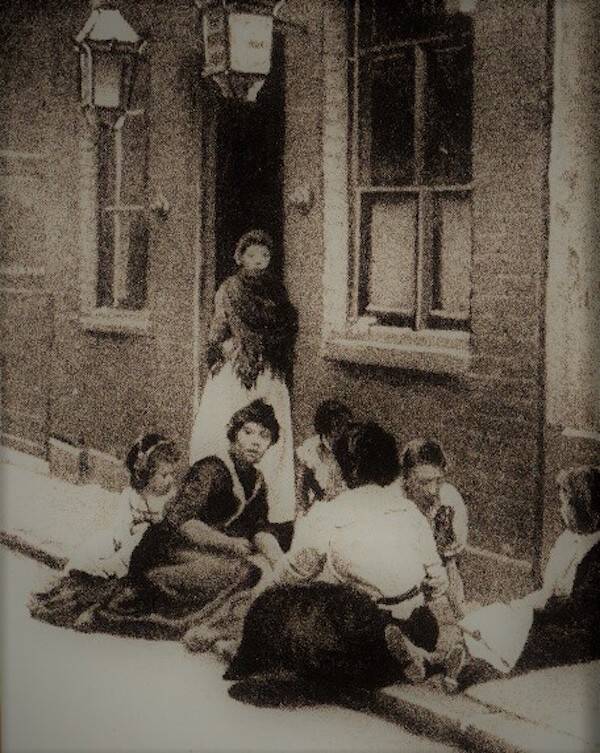
Wikimedia CommonsThe women of Whitechapel, London in the late 1800s.
Furthermore, police had publicized the mutilation of Catherine Eddowes — who was found disemboweled on September 30 with her kidney removed — suggesting anyone could have made this prank horribly real.
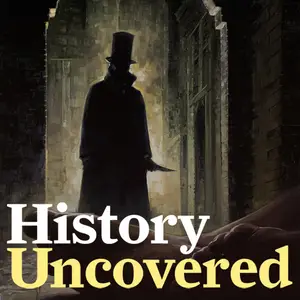
In 1888, there was no scientific manner to verify whether the kidney belonged to Eddowes or not. All that could be determined was that the kidney was that of an adult human with alcohol dependency and came from the left side of the body, leaving investigators at a dead end.
Experts in handwriting analysis believe the “From Hell” letter was written by a different person from whoever wrote the “Dear Boss” and “Saucy Jack” letters, which appear to have the same author. And Andrea Nine of the University of Manchester goes further.
Nine believes the first two letters were written by somebody who worked for the press, as the language used in them seemed to emulate the wording in the “Moab and Midian” letter — which was never made public and only ever seen by members of the Central News Agency.
Unfortunately, the “From Hell” letter went missing from police archives shortly after it was documented and photographed and is still missing today, ruling out any chance of modern analysis.
And to this day, Jack the Ripper’s identity remains unknown, allowing over 100 years of speculation to continue over which suspects, if any, put their hand to paper to write a letter “From Hell” and send it to George Lusk.
After learning about the “From Hell” letter, read about the most likely Jack the Ripper suspects, including Polish barber Aaron Kosminski.





